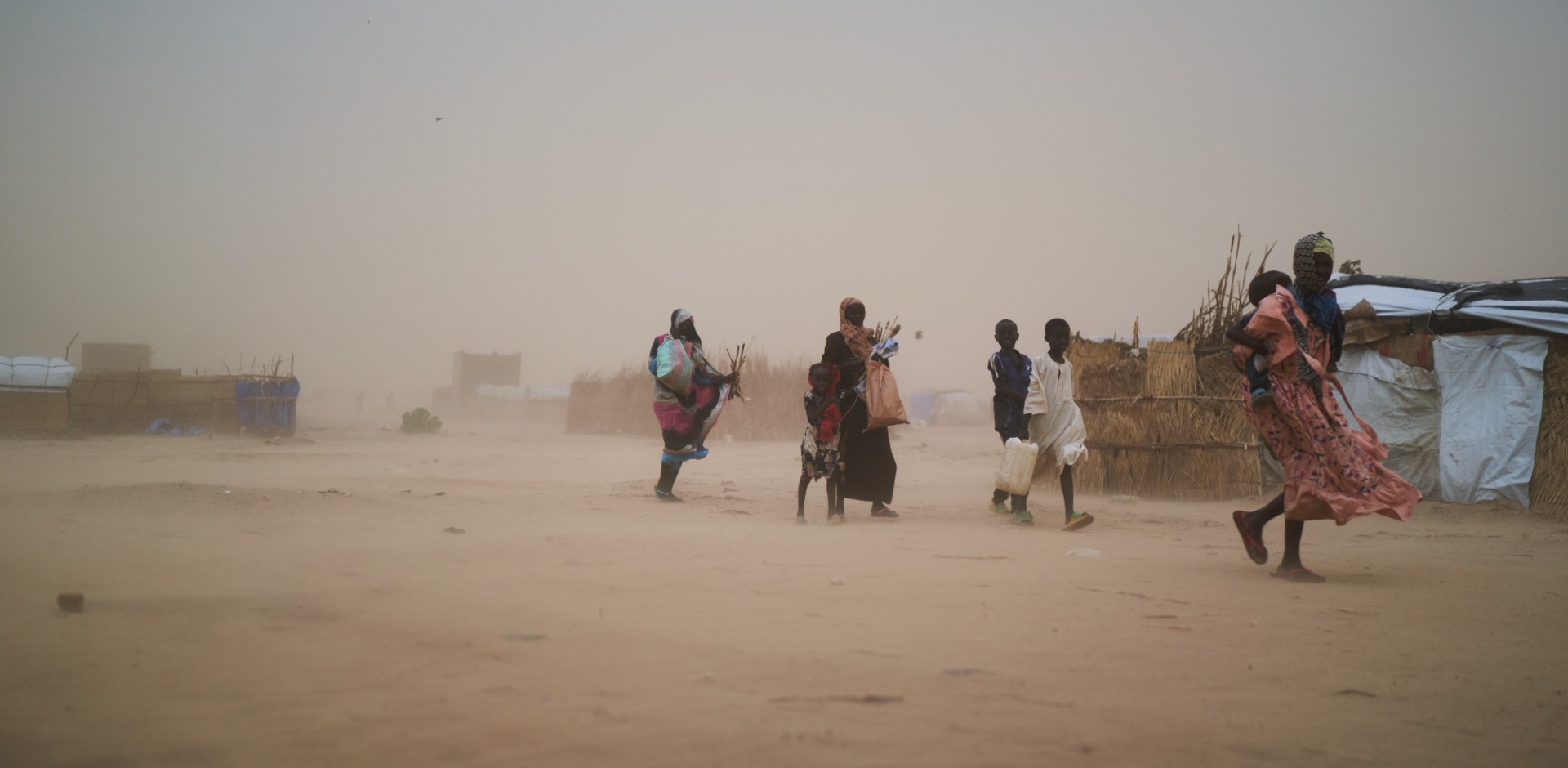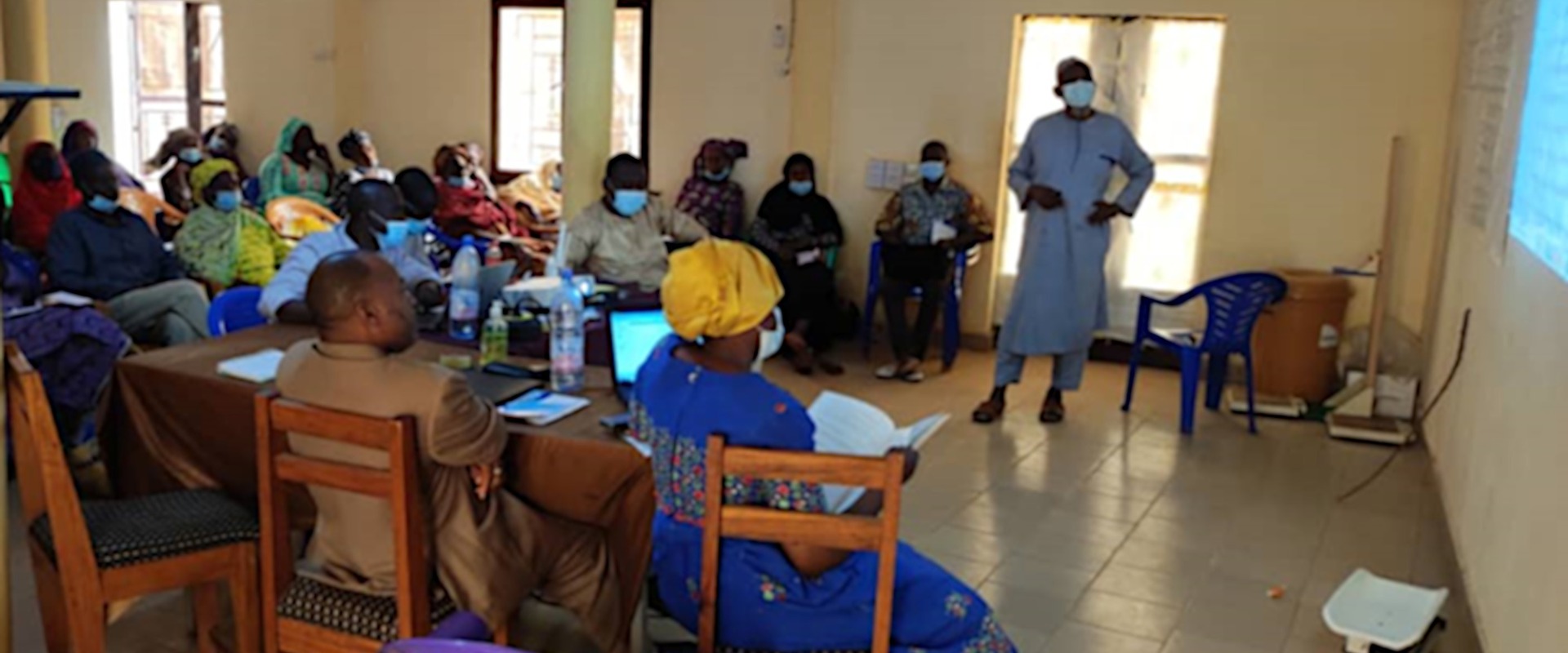
FAMINE IN SUDAN

Within the framework of the Integrated Fight Against Chronic Malnutrition in Mali project, a capacity building workshop was held from March 4 – 7, 2022 for nutrition officers in the four health districts targeted by the project. The objective was to reinforce the capacities of nutrition officers at local health centres on the World Health Organization’s new Child Growth Standards in order to ensure proper management of children affected by malnutrition.
World Health Organization (WHO) growth charts are important tools that show if an infant or child is healthy and growing normally. These charts are detailed according to weight, height, head circumference, body mass index and brachial (upper arm) circumference.
The WHO’s first growth charts were proposed in 1978. These charts proved useful to monitor the growth of individual children (clinical use) as well as groups of children (epidemiological use) and proved to be more or less adapted to the different contexts where they were used. Following discussions with health experts, WHO conducted a comprehensive review to develop an international standardized method to assess the physical growth, nutritional status, and motor development of all children from birth to age five based on data collected between 1997 and 2003. The new standards aim to represent ideal growth patterns, i.e., children living in optimal conditions and fed in accordance with WHO recommendations (fully breastfed infants, complementary infant and young child feeding).
Mali is among the countries that have adopted the new WHO growth standards. The challenge facing the country is to promote breastfeeding, which has been defined by the WHO as the “biological norm”. Formula-fed children do not show the same growth patterns as breastfed children. During the first trimester, children who are exclusively breastfed grow more in height and especially in weight than formula-fed children. Infants who are breastfed over the long term deposit less fat in their tissues.
Breastfeeding has many advantages for maternal and child health, which makes it the optimal way to feed newborns, according to experts. In Mali, the breastfeeding rate is low: 31% in the Kayes region, where the project is being implemented, compared the national average of 40% (SMART survey, 2020). This can have drastic consequences in terms of infant mortality.
The new standards provide health professionals with the knowledge and practical skills to better identify underweight or overweight children, and thus contribute effectively to the prevention of undernutrition, overweight, obesity and related health problems.
The capacity building workshop trained nutrition officers on the new WHO Child Growth Standards, and more specifically:
This activity brought together 39 nutrition officers from the Kita health district (including 26 women) for 4 days. The training was led by a team of facilitators composed of staff from the National Directorate of Health, Public Hygiene, the Kayes Regional Directorate of Health and the Kita Health District.

During the training, the participants were introduced to the Integrated Fight Against Chronic Malnutrition in Mali project, which is led by Action Against Hunger and implemented by two Malian organizations: AMEDECOM, a partner specializing in health activities including sexual and reproductive health, community health, water, sanitation and hygiene (WASH) practices and nutrition; and COFERSA, a partner which provides support to women producers’ groups and advocacy on gender and nutrition-sensitive agriculture, particularly women’s access to land.
During the four days of training, participants were presented with several modules, including culinary demonstrations, growth curve charts, and theoretical and practical exercises in two Kita health areas, including Makandianbougou and Dar-salam health centres. During these exercises, four cases of severe acute malnutrition (SAM), three cases of moderate acute malnutrition (MAM) and two cases of obesity were identified
The capacity building session was an opportunity for participants to deepen their knowledge on the new WHO Child Growth Standards.
“I am very satisfied with the level of the training because there are many points on nutrition that I did not understand even though I have been working in this field for a long time. This training allowed me to better understand the basic concepts and to improve my knowledge. For example, I was able to differentiate between stunting and underweight, as well as interpreting their growth curve charts. I think that the bet is won as far as this workshop is concerned.
 This training was organized as part of the Integrated Fight Against Chronic Malnutrition in Mali project, funded by Global Affairs Canada. This project aims to sustainably improve the nutritional status of children under five and women of reproductive age. The five-year project will address three major causes of chronic malnutrition: access to adequate care, a healthy environment and adequate nutrition. This article was written in recognition of World Health Day.
This training was organized as part of the Integrated Fight Against Chronic Malnutrition in Mali project, funded by Global Affairs Canada. This project aims to sustainably improve the nutritional status of children under five and women of reproductive age. The five-year project will address three major causes of chronic malnutrition: access to adequate care, a healthy environment and adequate nutrition. This article was written in recognition of World Health Day.
Join our community of supporters passionate about ending world hunger.